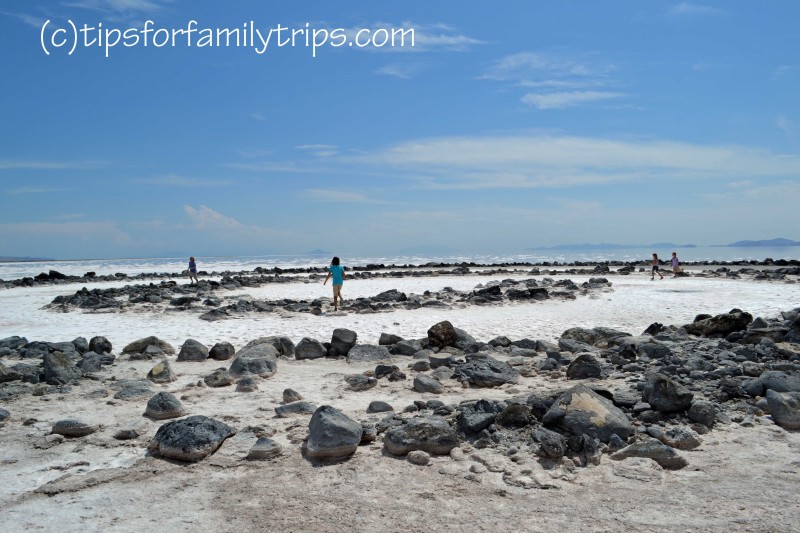

There are no facilities at the site so visitors must carry out any waste with them. In order to preserve the work, Dia Art Foundation asks that visitors do not take existing rocks from the artwork, make fire pits, or trample vegetation. Since its initial construction, those interested in its fate have dealt with questions of proposed changes in land use in the area surrounding the sculpture. In 1999, the artwork was donated to the Dia Art Foundation and is one of 12 locations and sites they manage. Built on the northeastern shore of the Great Salt Lake near Rozel Point in Utah entirely of mud, salt crystals, and basalt rocks, Spiral Jetty forms a 1,500-foot-long (460 m), 15-foot-wide (4.6 m) counterclockwise coil jutting from the shore of the lake. Smithson documented the construction of the sculpture in a 32-minute color film also titled Spiral Jetty. Spiral Jetty is an earthwork sculpture constructed in April 1970 that is considered to be the most important work of American sculptor Robert Smithson. You will see the north arm of Great Salt Lake and an old oil jetty (not Spiral Jetty) left by old drilling explorations.

The jetty disappears and reappears depending on lake water levels - drought years bring it out for all to see. The spiral's coil is 1,500 feet long and approximately 15 feet wide.

And then, bam, a giant art piece was born in 1970. Ya, that’s it.” That’s probably pretty close to what went through artist Robert Smithson’s head when he needed something productive to do. I’ll just move over 6,000 tons of black basalt rock and earth around here and there in the middle of a desert salty lake - in a spiral. MATERIALS: Black basalt rock, salt crystals, earth, water


 0 kommentar(er)
0 kommentar(er)
